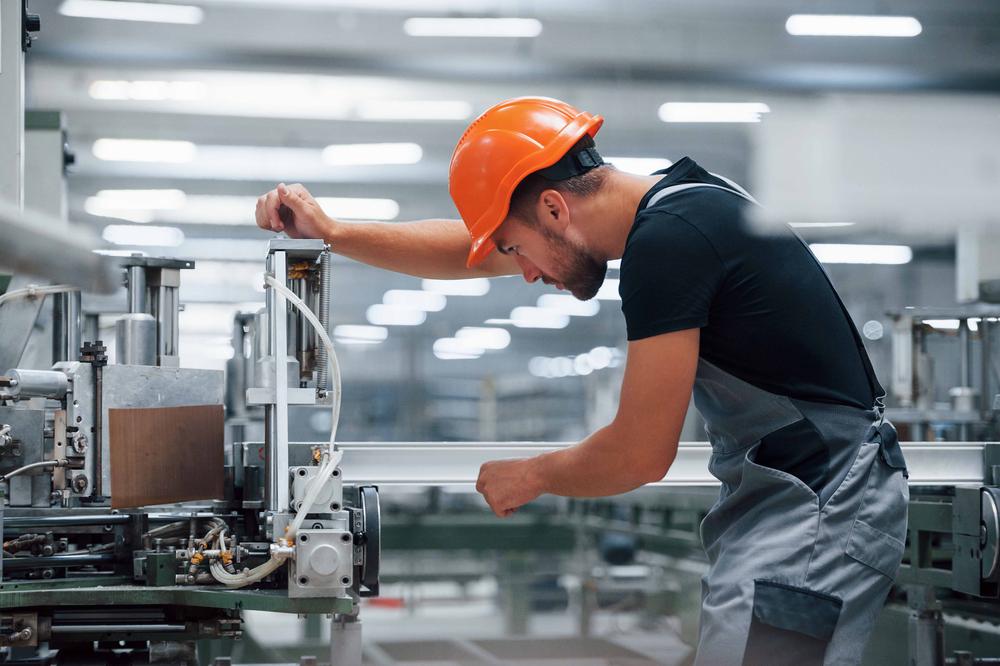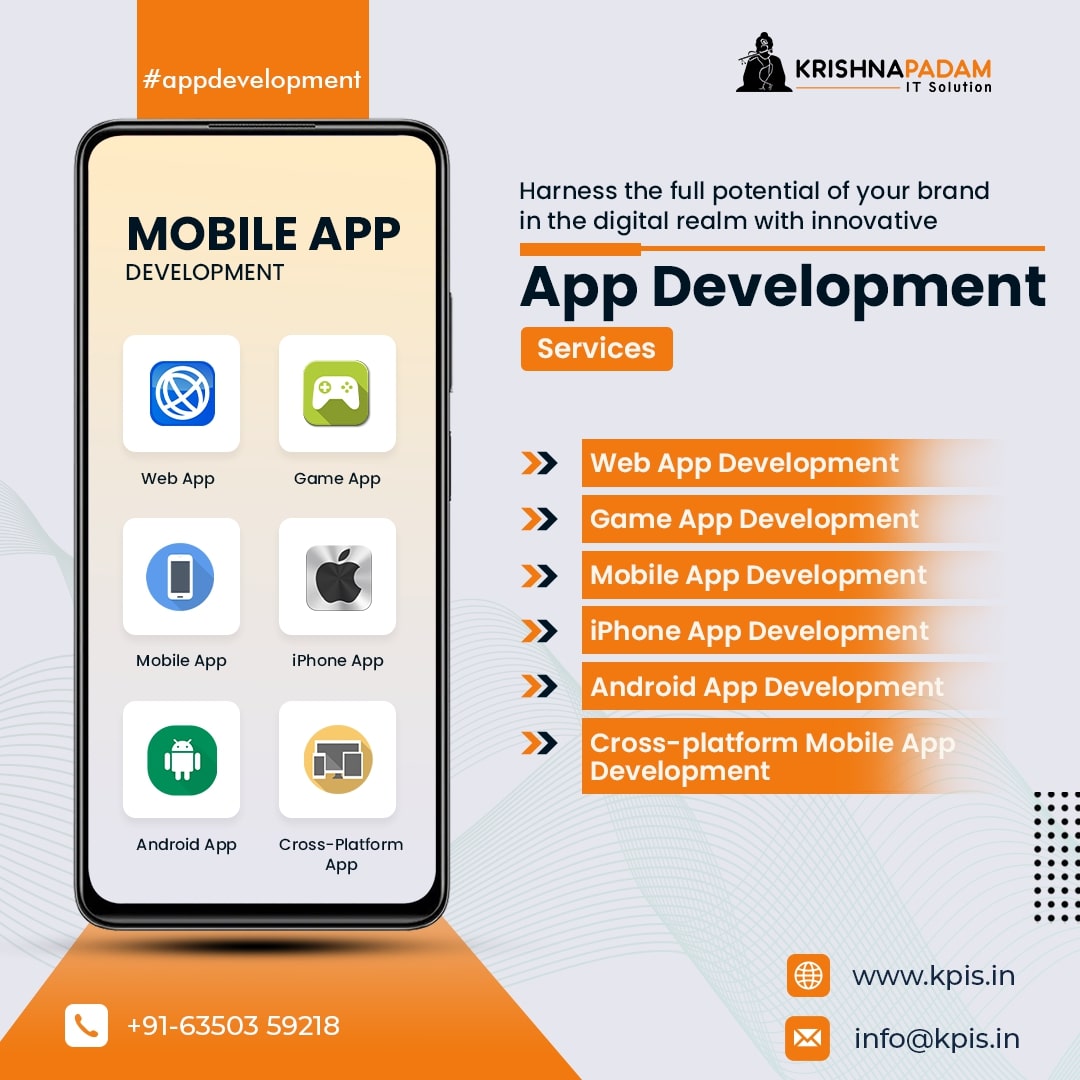
The B2B platform for the best purchasing descision. Identify and compare relevant B2B manufacturers, suppliers and retailers
Close
Filter
Result configuration
Continents
Select continent
Locations
Result types
Company type
Select company type
Industries
Select industry
Company status
Select company status preset
Number of employees
Min.
Max.
Founding year
by Flow
Eindhoven, Netherlands
A
1-10 Employees
2015
Key takeaway
byFlow is a leading company in the 3D Food Printing market, developing innovative technology that allows professionals to create customized food shapes and flavors using fresh or rescued ingredients. Their mission is to transform food preparation and contribute to sustainability through this cutting-edge approach.
Reference
Core business
Home
Natural Machines
Barcelona, Spain
A
11-50 Employees
2012
Key takeaway
Natural Machines, the creators of Foodini, are revolutionizing healthy eating through technology by offering a 3D food printer that enables users to create meals with fresh ingredients. Foodini combines food, tech, and design, allowing individuals to personalize their cooking experience.
Reference
Core business
Natural Machines Natural Machines
Foodini is a 3D food printer + IoT (Internet of Things) new generation kitchen appliance promoting cooking with fresh, real ingredients.
www.surfacescan.co.uk
-
- Employees
-
Key takeaway
The company specializes in 3D printing services, offering expertise in areas such as rapid prototyping and batch production. Their capabilities in additive manufacturing enable clients to accelerate the production process, making it relevant for innovative applications like 3D food printing.
Reference
Service
3D Printing
Professional 3D printing for all your manufacturing needs. Choose from a wide array of colours and materials, and either FDM or SLS technology. Serving industries such as aerospace, automotive, healthcare, and product development. Rapid delivery available to customers across the United Kingdom. Exceptional customer service.
Looking for more accurate results?
Find the right companies for free by entering your custom query!
25M+ companies
250M+ products
Free to use
FABulous
-
- Employees
-
Key takeaway
FABulous has been actively involved in developing a service ecosystem for 3D printing technologies, which includes a focus on the 3D Food Printing Conference.
Reference
Product
3D Food Printing Conference - Fabulous Project
3DINTHEBOX
Dilbeek, Belgium
A
1-10 Employees
2014
Key takeaway
3DINTHEBOX BV offers a range of 3D printing services and products, including printers, accessories, and filaments.
Reference
Service
FDM Print Service - 3DINTHEBOX BV
Imagine it 3D it.... Imprimantes 3D, accessoires, filaments 3D bon marché, scanner, gravure et découpe laser, service d'impression et de numérisation, ate
Quality Printing 3D
Ewenny, United Kingdom
A
1-10 Employees
2018
Key takeaway
Quality Printing 3D specializes in 3D printing technology and has over six years of experience in creating prototypes and finished products for various industries. Their expertise in 3D printing ensures that they can meet diverse client needs with high-quality solutions.
Reference
Core business
3D Printing – Quality Printing 3D
3D flow4industry GmbH & Co. KG
Wiesen, Germany
A
1-10 Employees
2017
Key takeaway
3Dflow4industry is a leader in additive manufacturing, emphasizing the freedom and capability of 3D printing to meet complex industrial needs. Their expertise in this innovative technology suggests a strong foundation for exploring applications like 3D food printing.
Reference
Core business
3Dflow4industry - 3D-DRUCK im industriellen Bereich
Procusini Choco
Lehrte, Germany
A
11-50 Employees
-
Key takeaway
Procusini offers a professional 3D food printer designed for creating intricate chocolate designs quickly and efficiently. Their Procusini mini model provides an affordable entry point into 3D food printing, making it suitable for both professional kitchens and creative culinary projects.
Reference
Product
Procusini® Research 3D food printer
The Procusini Research is a 3D food printer for professional use and ideal for research & teaching. Using your own pasty foods Individual setting of all relevant parameters Also suitable for special use Procusini 3D Choco Refills. With a guarantee of success “Series production” function Touch display for quick acce
3D LOGICS
Hillsboro, United States
B
1-10 Employees
2017
Key takeaway
3D Logics is dedicated to helping businesses leverage advanced 3D printing technologies to bring innovative ideas to life, making it a valuable partner for those interested in additive manufacturing solutions.
Reference
Core business
3D Logics - Advanced Manufacturing Solutions
Advanced Manufacturing Solutions
Maker3D - 3D Print Bureau
Helsinki, Finland
A
11-50 Employees
2012
Key takeaway
Maker3D is a Finnish company that specializes in 3D printing solutions, indicating their expertise in the field which could be relevant to advancements in 3D food printing. Their collaborative approach to project development suggests a commitment to innovation that may extend to exploring new applications in food technology.
Reference
Core business
Company - Maker3D - From idea to product
Technologies which have been searched by others and may be interesting for you:
A selection of suitable products and services provided by verified companies according to your search.

Service
Mobile App Development
Go to product
3D food printing is an innovative technology that involves creating food items layer by layer using specialized printers. These printers utilize edible materials, such as dough, chocolate, or pureed foods, which are extruded through nozzles to form intricate shapes and designs. By allowing for precise control over texture and presentation, 3D food printing enables chefs and food manufacturers to experiment with new culinary creations and personalize meals for customers. The process of 3D food printing can enhance creativity in the kitchen and streamline food production. With the ability to customize recipes and cater to specific dietary needs, this technology is gaining traction in both gourmet restaurants and industrial food production settings. It also opens up possibilities for sustainable food practices by utilizing alternative ingredients and reducing waste.
3D food printing involves using a specialized printer to create food items layer by layer. The process begins with digital designs created using computer software. These designs are then translated into a format that the printer can read. The printer uses edible materials, such as pureed foods, dough, or chocolate, which are loaded into cartridges. Through precise control of temperature and extrusion, these materials are deposited onto a build platform in the desired shapes and textures. As each layer is added, the food is built up progressively, allowing for intricate designs and customization that traditional cooking methods cannot achieve.
In 3D food printing, a variety of materials are utilized to create edible products. One of the primary materials is food paste, which can be made from ingredients like pureed fruits, vegetables, and proteins. These pastes can be customized to achieve desired flavors and textures. Another significant category includes powdered ingredients, such as those derived from flour, sugar, or cocoa. These powders can be combined with liquids to form doughs or batters suitable for printing. Additionally, gels and liquids are often used, including chocolate and sauces, which can be extruded to create intricate designs. This versatility in materials allows for a wide range of culinary creativity and innovation in 3D food printing.
1. Customization
3D food printing allows for unparalleled customization in food design and composition. This technology enables chefs and food manufacturers to create personalized meals tailored to individual dietary needs and preferences, enhancing the dining experience.
2. Waste Reduction
This innovative process can significantly reduce food waste by utilizing ingredients more efficiently. Unused food materials can be repurposed into new food items, minimizing the environmental impact associated with traditional food production methods.
3. Efficiency and Speed
3D food printers can produce intricate food designs faster than conventional methods. This efficiency not only saves time in food preparation but also allows for rapid prototyping of new food products, streamlining the product development process.
4. Nutritional Optimization
With precise control over ingredients, 3D food printing can enhance the nutritional profile of meals. This technology enables the incorporation of functional ingredients, such as vitamins and proteins, ensuring that food is both appealing and nourishing.
Multiple industries have begun to integrate 3D food printing technology due to its innovative capabilities.
1. Food Service
Restaurants and catering services utilize 3D food printing to create unique, visually appealing dishes that enhance the dining experience. This technology allows chefs to experiment with textures and flavors, offering personalized meals to customers.
2. Healthcare
In the healthcare sector, 3D food printing is used to customize nutritional meals for patients with specific dietary needs. This approach ensures that individuals receive tailored nutrition while also making the food more appealing and easier to consume.
3. Education
Culinary schools and educational institutions are incorporating 3D food printing into their curricula. This technology provides students with hands-on experience in modern food preparation techniques, preparing them for the evolving culinary landscape.
4. Food Manufacturing
Manufacturers employ 3D food printing to streamline production processes and reduce waste. This technology enables the efficient creation of food products with precise formulations, catering to market demands for sustainable and innovative options.
Some interesting numbers and facts about your company results for 3D Food Printing
| Country with most fitting companies | United Kingdom |
| Amount of fitting manufacturers | 6707 |
| Amount of suitable service providers | 6905 |
| Average amount of employees | 11-50 |
| Oldest suiting company | 2012 |
| Youngest suiting company | 2018 |
20%
40%
60%
80%
Some interesting questions that has been asked about the results you have just received for 3D Food Printing
What are related technologies to 3D Food Printing?
Based on our calculations related technologies to 3D Food Printing are Industrial Electroplating, Industrial Filtration, Industrial Sintering, Industrial Extrusion, Industrial Handling
Which industries are mostly working on 3D Food Printing?
The most represented industries which are working in 3D Food Printing are Other, Marketing Services, Food and Beverage, IT, Software and Services, Printing
How does ensun find these 3D Food Printing Companies?
ensun uses an advanced search and ranking system capable of sifting through millions of companies and hundreds of millions of products and services to identify suitable matches. This is achieved by leveraging cutting-edge technologies, including Artificial Intelligence.